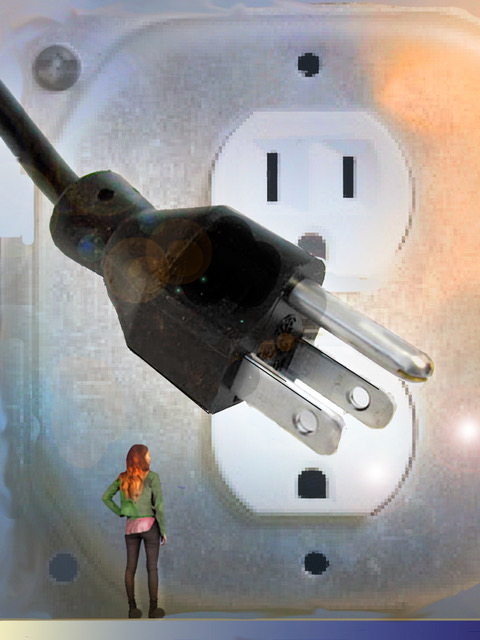The Washington State Department of Transportation (WSDOT) announced a long-term goal to convert its ferry system, the world’s largest,* from antiquated diesel propulsion to an all-electric carbon-negative fleet by 2034.
The announcement comes in the wake of a U.S. carmaker’s pending acquisition of Danish manufacturer Traekke-Benet A/S, dubbed “the Tesla of ferries” by the British Broadcasting Corporation for its pioneering construction of fully electric boats that have started plying Baltic Sea routes over the past decade.
These new ferries offer a fast, feasible option for Puget Sound riders, with significant performance upgrades over current technologies, which together promise to be a game-changer. The 1,500-ton hydrofoil base design boasts a 40-ton, 10 MWh-capacity battery and will apply its considerable thrust via robust Rolls-Royce Kamewa S4 waterjets, as presently deployed on Hong Kong-Xinhua fast-crossing routes.
Cruising speeds will top out at 52 knots, or just shy of 60 mph, compared with 15-17 knots for the old diesel boats.
For the State Ferries’ Fauntleroy-Vashon service, what now takes 20-25 minutes to travel will be reduced to as little as 6 minutes, or 7-8 minutes with docking time. Docking time itself will be quicker and safer using AutoHelm, software integrating proprietary Lidar-based navigation and piloting aids. Amongst its many features, AutoHelm has built-in whale recognition and avoidance systems.
Critics are uncertain, citing unproven technology, the high price tag to convert the existing fleet, new dock construction requirements, and each round trip consuming up to 3,300 kilowatt hours of electricity. However, Traekke-Benet executives calculate that the payback period for each ferry, assuming no spontaneous immolation events, is only 5½ years compared to diesel operation, saving over 4 million tons of dirty carbon during that time.
With rapid-charging stations at one or both docks, the ferries can also top off batteries and run additional routes. The prototype will fully re-charge overnight from a traditional but upgraded wall socket (pictured) equipped with 1.21 Gigawatt fast-charging capacity.
Admittedly, a full fleet of electric ferries could have a profound effect on the regional electricity grid.
Fortunately, a timely energy answer is on the horizon. Before leaving office, former Governor Jay Inslee quietly approved reviving three partially completed nuclear power plants originally commissioned by the Washington Public Power Supply System (WPPSS, pronounced “Whoops”), halted in part due to concerns over being constructed in 9.0+ earthquake zones.
“Washingtonians need to remember me as Mr. Clean Power, and at the rate we’ve been blowing up dams, we have no alternative but to go with the nuclear option. Remember, it’s not a budget deficit, it’s an investment in our future. I’ll be in Idaho.”
To keep the revolutionary hydrofoil to its light target weight of only 1,500 tons, innovative features like multi-modal seating and unstressed hull elements will be designed by IKEA and made from recycled paper. In the unlikely event of a power loss, the gull wings atopthe ferry automatically deploy 180-foot-high substitute propulsion sails.
Vashon will serve as a test-bed for the first ferry, set to go into service April 1st 2029.
* Excluding Canada


